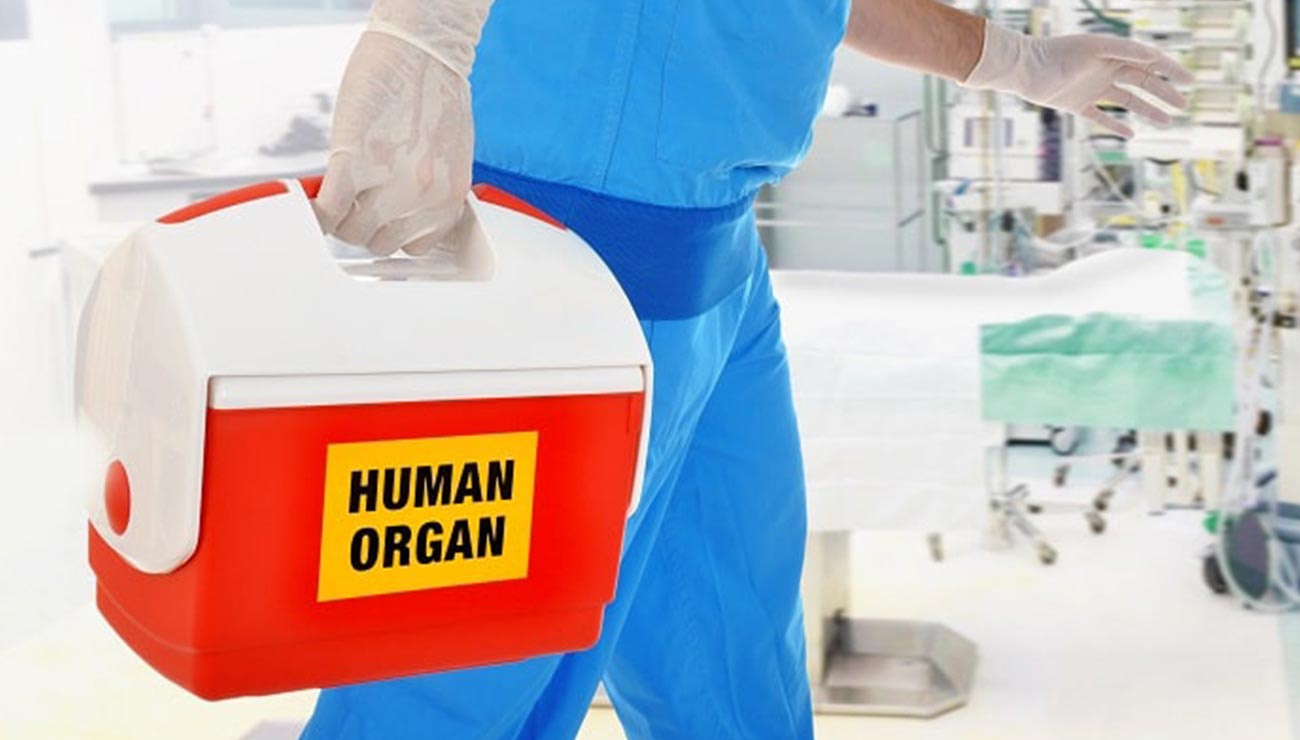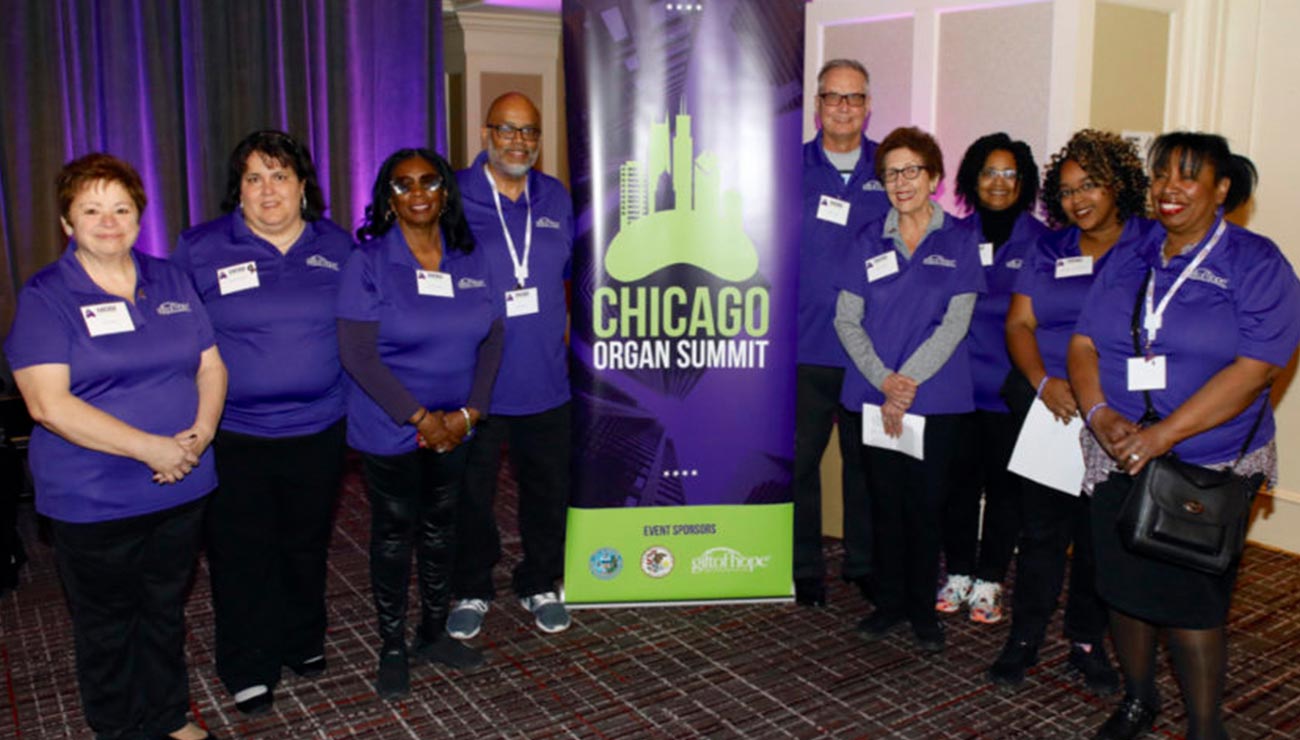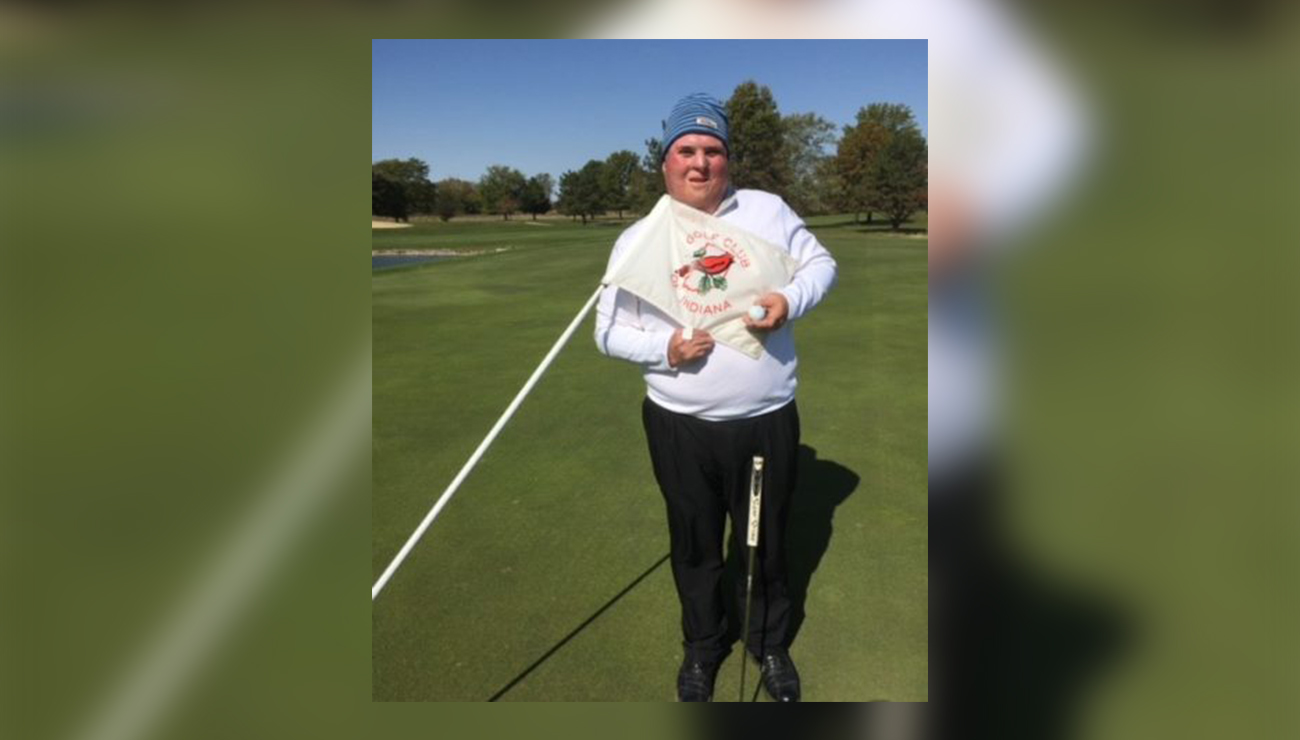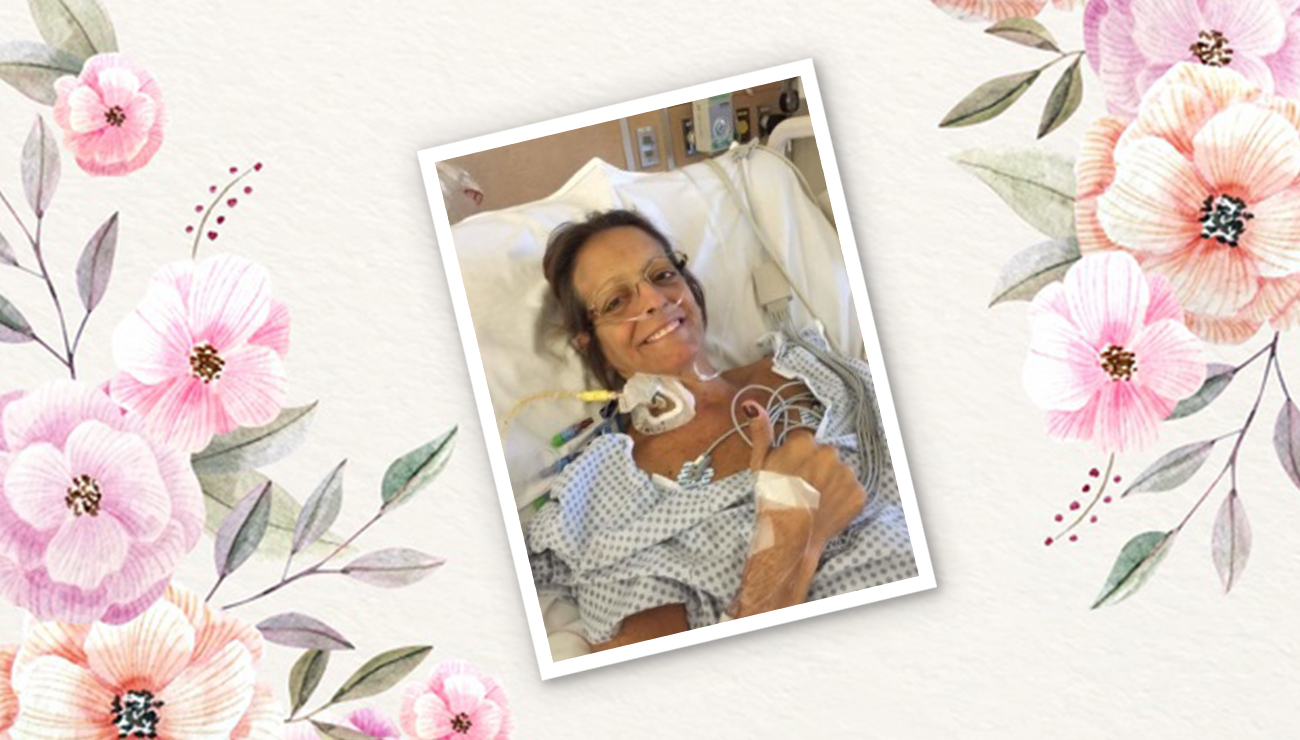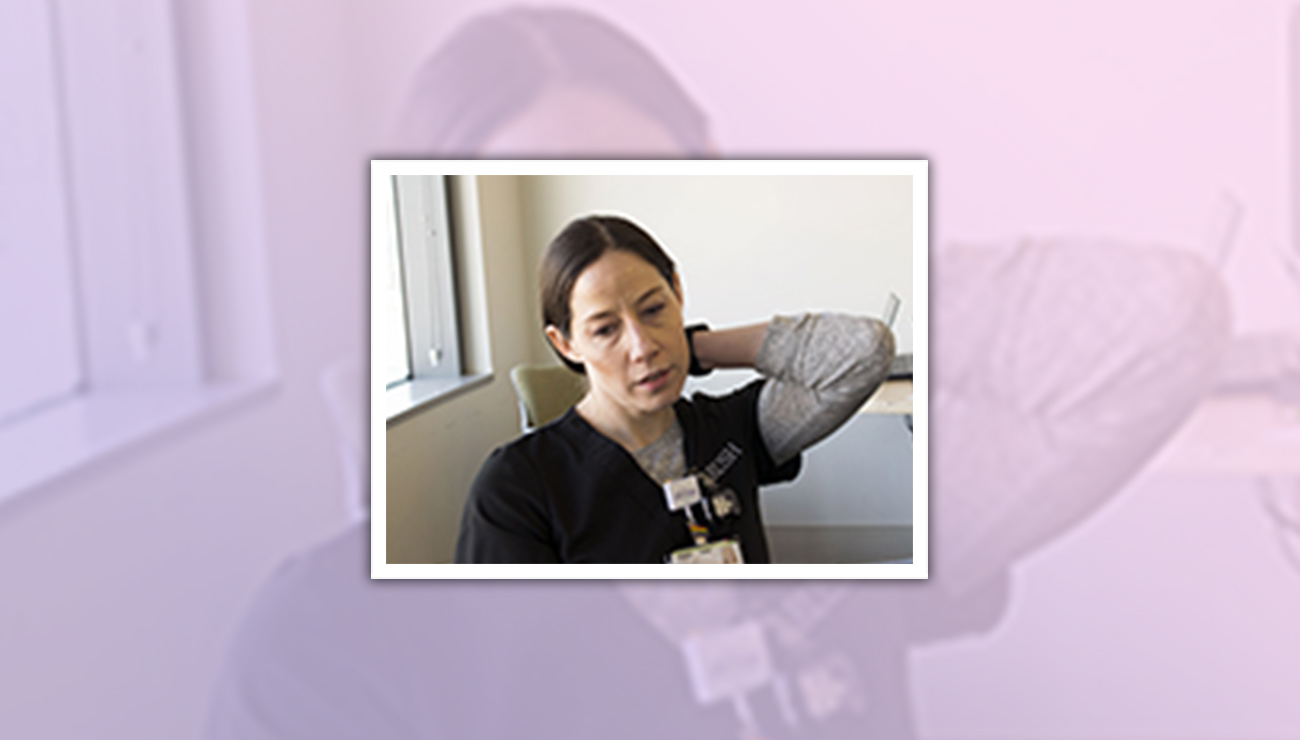Which organs and tissues can come from living donors?
Understanding the need
Every 10 minutes it happens. Every 10 minutes another name is added to the list of more than 113,000 people currently waiting for an organ transplant in the United States. The names on the list include infants, toddlers, teens, parents and grandparents who all need an incredible gift in order to live. And sadly, every day, 20 or more people die without receiving a lifesaving transplant.
Gift of Hope is a not-for-profit organ procurement organization that is dedicated to arranging organ and tissue donation for the 12 million people who live in Illinois and northwest Indiana. This region is one of the busiest in the nation with 9 transplant centers that offer 34 transplant programs. Gift of Hope works with 180 hospitals and has successfully saved the lives of more than 23,000 organ transplant recipients and improved the lives of hundreds of thousands of tissue transplant recipients since 1986. Although these are significant statistics, the names keep being added to the list and the need grows daily.
The living donation option
Although most organ and tissue donations occur after the donor has died, there are some organs and tissues that can be donated while the donor is alive. About four out of every ten donations are living donations.
The most frequently donated organ from a living donor is a kidney. A healthy person has two kidneys and can continue to live an active life with just one. Kidney donors must be the same blood type and be a similar size and weight of the recipient. A kidney can be preserved outside of the body for up to 36 hours making it easy to transport if necessary.
Another living donation possibility is a portion of a liver. The liver has an amazing ability to regenerate and regain full function within a short period of time which means both the donor and recipient can have a fully functioning liver after a period of recovery.
A less common living donation is giving a lung, part of a lung, part of the pancreas or part of the intestines to a person in need. These organs do not regenerate but the donor can live without the donated parts of the organ.
There are also some tissues which can be donated by a living donor including skin, bone, bone marrow and blood. A healthy person can naturally replace these tissues over time.
The living donation process
A living donor needs to be between the ages of 18 and 60 and in good health. Care is given to be sure there will be no adverse physical, psychological or emotional issues with the donation. The transplant center evaluates a donor to determine emotional fitness, physical health, and compatibility.
The decision to be a living donor must be carefully reviewed. Donating an organ or tissue is a surgical procedure that carries some degree of risk. Be sure to discuss the procedure with the surgeon to set appropriate expectations. The medical costs for the donor are covered by the recipient’s insurance but there may be some financial considerations for time off work during recovery.
Most living donations are among family members or close friends. However, some people answer a call for a donation from someone they do not know but wish to help.
Living donors make a difference
The United Network of Organ Sharing offers many stories of living donor success including the journey of Hudson Hill who was just a few months old when his parents found out he needed a new liver. After his uncle Trevor Hill heard about the need, he volunteered to donate part of his liver to the eight-month-old. The two relatives were a match and the transplant was a success. The grateful father, Morgan Hill, had commemorative coins made in honor of the donation and gave them to all who were a part of the effort. His goal was to make sure that no one ever forgot the gift of life that was given to his son.







